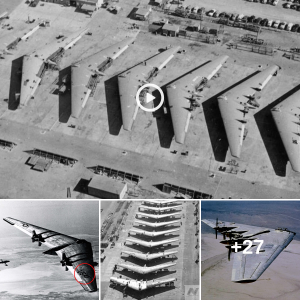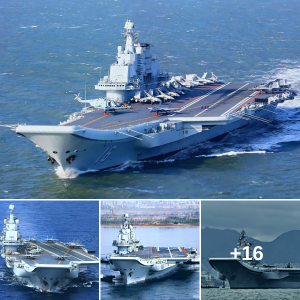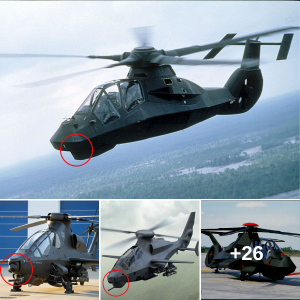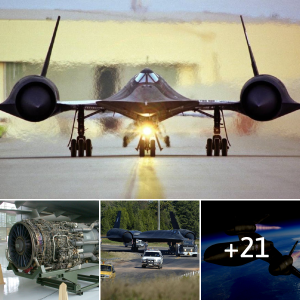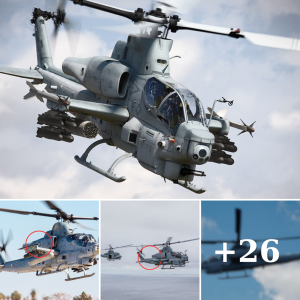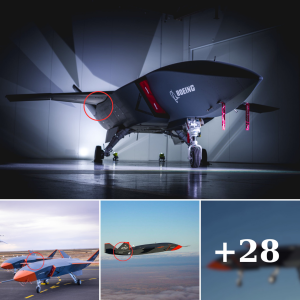Following the commissioning of Russia’ first Borei II Class ballistic missile submarine in the final week of May 2020, the new class of nuclear armed and nuclear powered warship has been a prominent topic of conversation in military circles in Russia, NATO and beyond with potentially significant implications for the balance of power between Moscow and the Western Bloc. While the Russian Navy has recently commissioned or is preparing to commission multiple classes of advanced submarine classes, the Borei is the only one designed as a dedicated strategic platform and as a result deploys by far the most firepower and is among the heaviest. New Borei II Class ships are expected to replace the 1 Delfin and 6 Kalmar Class ships currently in service, which were built for the Soviet Navy but lack the advanced capabilities of the newer vessel with inferior firepower and survivability. The commissioning of significant numbers of the new ships is also thought to be intended to expand Russia’s ballistic missile submarine fleet.

Borei Class Ballistic Missile Submarine
One very significant advantage of the Borei II Class over the original Borei Class submarine is that they were built from the outset for purpose – where older variants were built by combining hull sections from the Akula Class and Oscar Class submarines which reflected the disordered state of Russia’s defence sector in the immediate post-Soviet years. The new variant is expected to have a longer service life, require less maintenance, and to be considerably more survivable and quieter. The new ships are also fitted with four additional missile tubes for a total of sixteen intercontinental range ballistic missiles – each of which carry 6-10 nuclear warheads. This means that each submarine can carry up to 160 nuclear warheads – enough to destroy several medium sized countries with just a single salvo. The RSM-56 Bulava ‘Mace’ missiles the submarines carry are among the newest and most sophisticated in the world, entering service from 2018. Range estimates for the missiles vary from around 9000km to significantly over 10,000km.

RSM-56 Submarine Launched Ballistic Missile
Russia’s current state armaments plan stipulates that the navy will commission six more Borei II Class submarines by 2027, the last of which was laid down in early May 2020. Proposals have also been made for a variant of the Borei II configured for a tactical attack role rater than a strategic role, which would carry advanced cruise missiles such as the Zicron and Kalibr rather than nuclear-tipped ballistic missiles, the concept its currently under consideration. Investment in the new submarines comes amid broader investments both in modernising the Russian submarine fleet and in enhancing the country’s strategic arsenal, and the ships will be complemented by the commissioning of strategic submarines equipped with Poseidon nuclear torpedoes including modified Oscar Class ships and upcoming Khabarovsk Class ships. The Khabarovsk Class is based on a similar design to the Borei, but is significantly smaller as it does not need to operate large ballistic missiles and will instead operate the smaller nuclear torpedoes as its primary armament. Four of these ships are currently on order.
